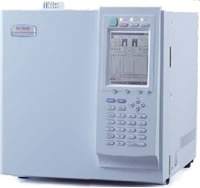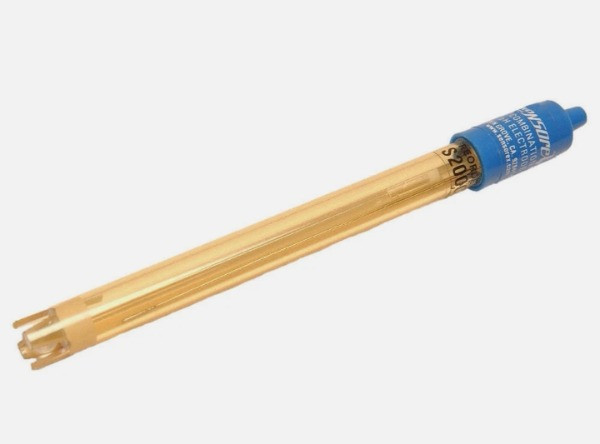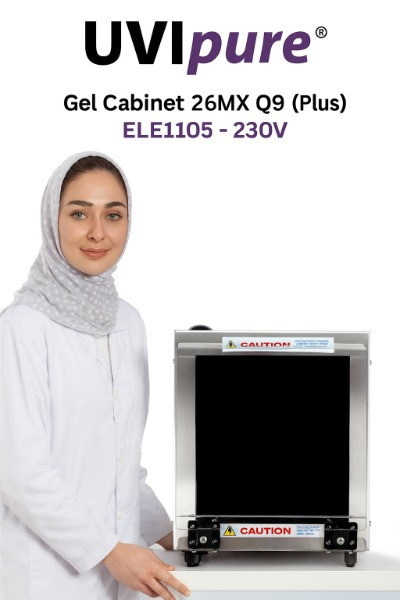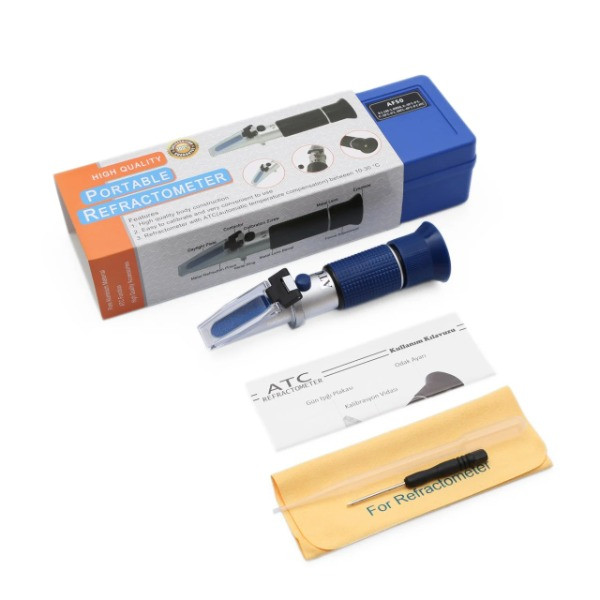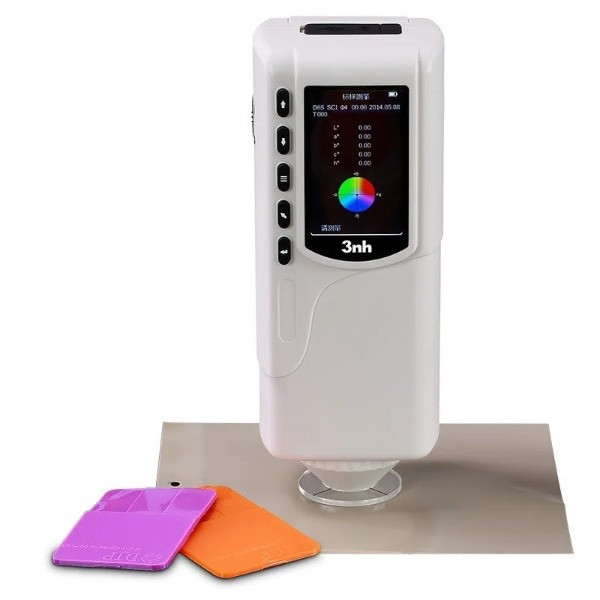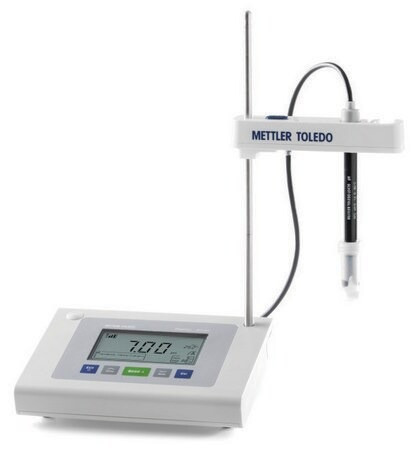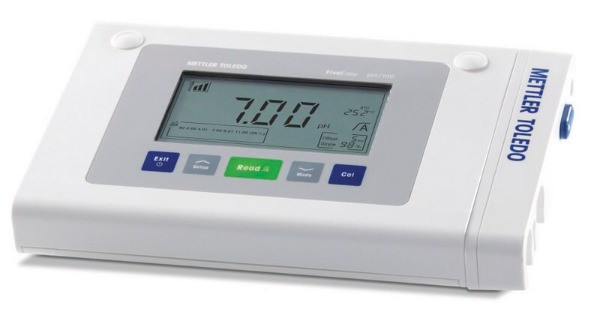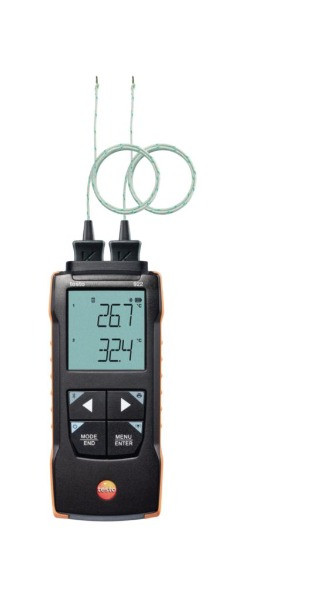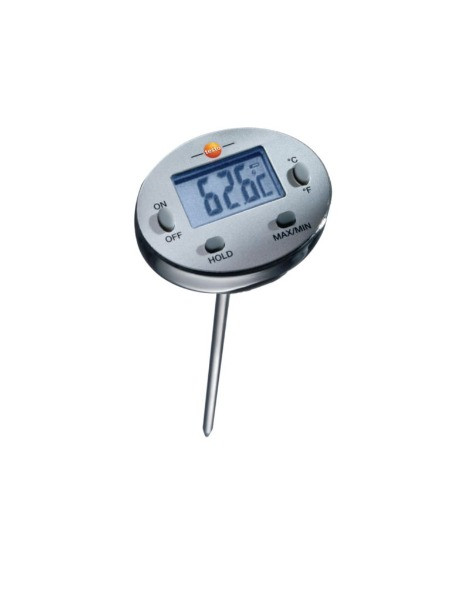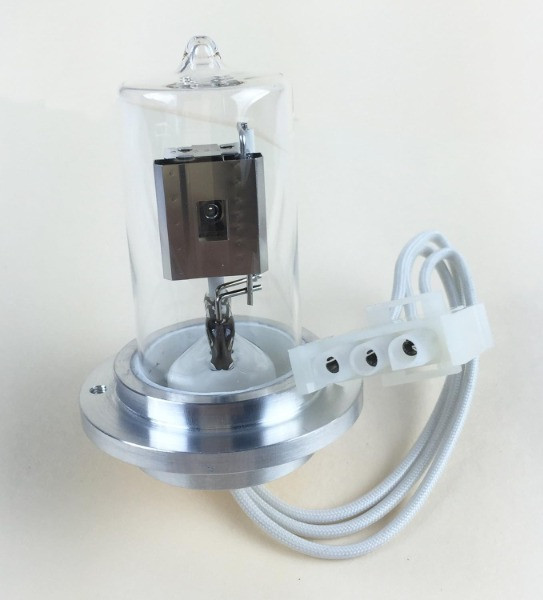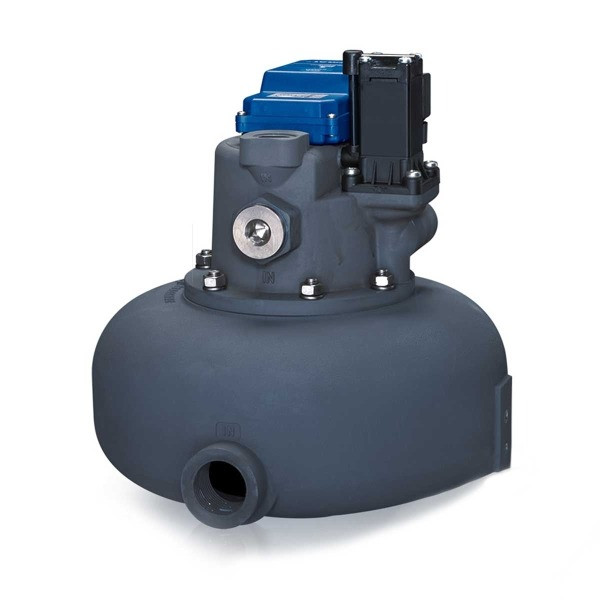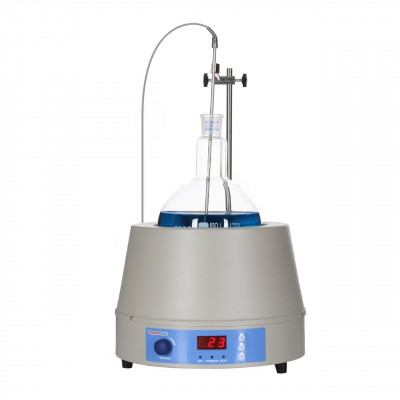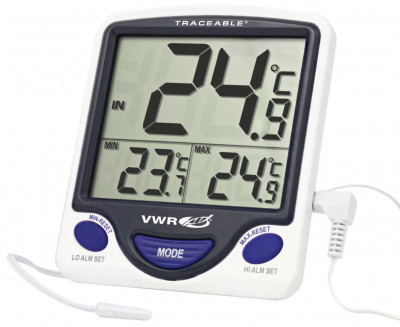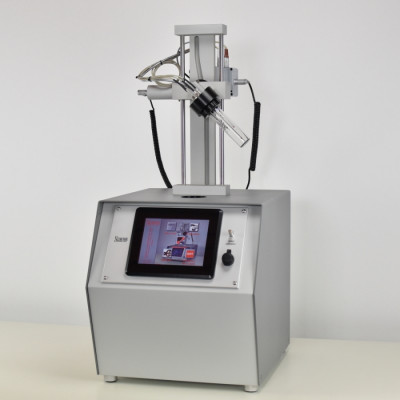آزمیران
دستگاهای آزمایشگاهی
مواد شیمیایی
شیشه آلات
محیط کشتهای میکروبی
فیلتر یا کاغذ صافی
ملزومات
سکوبندی
مقالات و توضیحات
جستجوهای مرتبط
GC-2025 Energy-Saving Gas Chromatograph
Shimadzu’s
new-generation GC-2025 capillary gas chromatograph minimizes
environmental impact by reducing power and carrier gas consumption while
retaining the performance capabilities required for capillary analysis.
The GC-2025 incorporates a digital flow controller that controls both the carrier and detector gases and a newly designed energy-saving column oven that features small volume and less heating loss, realizing a dramatic improvement in operation costs.
The compact GC-2025 is the gas chromatograph for environmentally friendly, high value performance.
The GC-2025 incorporates a digital flow controller that controls both the carrier and detector gases and a newly designed energy-saving column oven that features small volume and less heating loss, realizing a dramatic improvement in operation costs.
The compact GC-2025 is the gas chromatograph for environmentally friendly, high value performance.
Eco-Friendly

Comparison of Power Consumption Per Analysis Cycle
The eco-friendly GC-2025 significantly
cuts electric power costs compared to previous models to reduce the
burden on the environment.
Heat losses are significantly reduced through high-performance insulation and a smaller oven size to reduce the heating requirements. In addition, it incorporates an energy-saving heater to further cut power costs.
Power consumption is reduced by 30% for programmed temperature analysis in comparison to other GC models.
(The actual power consumption depends on the ambient temperature during analysis.)
Heat losses are significantly reduced through high-performance insulation and a smaller oven size to reduce the heating requirements. In addition, it incorporates an energy-saving heater to further cut power costs.
Power consumption is reduced by 30% for programmed temperature analysis in comparison to other GC models.
(The actual power consumption depends on the ambient temperature during analysis.)
Compact, All-in-One Design
In
recent years, there has been an increasing demand for instruments with a
smaller installation footprint to more effectively utilize laboratory
space. The GC-2025 meets this requirement while incorporating all the
functions required for normal capillary analysis.

Comparison of GC (Top View)
Units for Normal Analysis Crowded into a Compact Space
The split/splitless injection unit (SPL), flame ionization detector (FID), and electronic flow controllers (AFC/APC) are installed as standard.
The split/splitless injection unit (SPL), flame ionization detector (FID), and electronic flow controllers (AFC/APC) are installed as standard.

Compact Design Accepts Commercial Capillary Columns
Despite the compact instrument design, the small-capacity oven
accommodates the shape of commercially available capillary columns
(column depth 9 cm max.).
Excellent Basic Performance
Incorporating
design elements from the high-performance GC-2010 Plus capillary gas
chromatograph, the GC-2025 achieves energy savings while offering the
highest performance demanded for capillary analysis, delivering highly
accurate analysis results and enhanced productivity.
High-Sensitivity Trace Analysis
The FID minimum detectable limit of 2 pgC/s offers high sensitivity for trace analysis.
Electronic Flow Controllers Achieve Excellent Operability and Reproducibility
The
GC-2025 adopts the same well-proven electronic flow controllers
(AFC/APC) for carrier gas and detector gas control that are used in the
GC-2010 Plus. They offer highly accurate flow control to achieve
excellent reproducibility.
